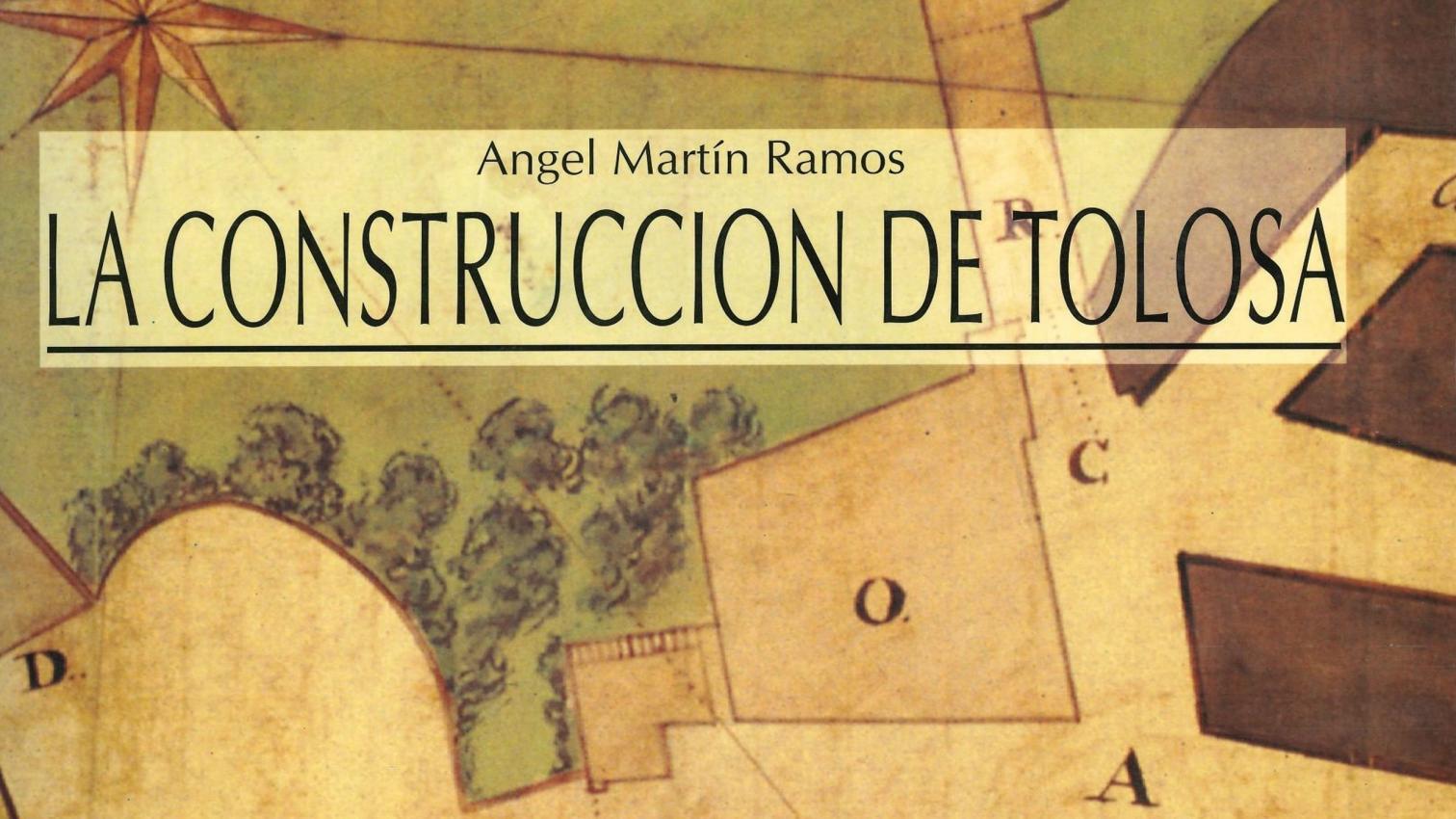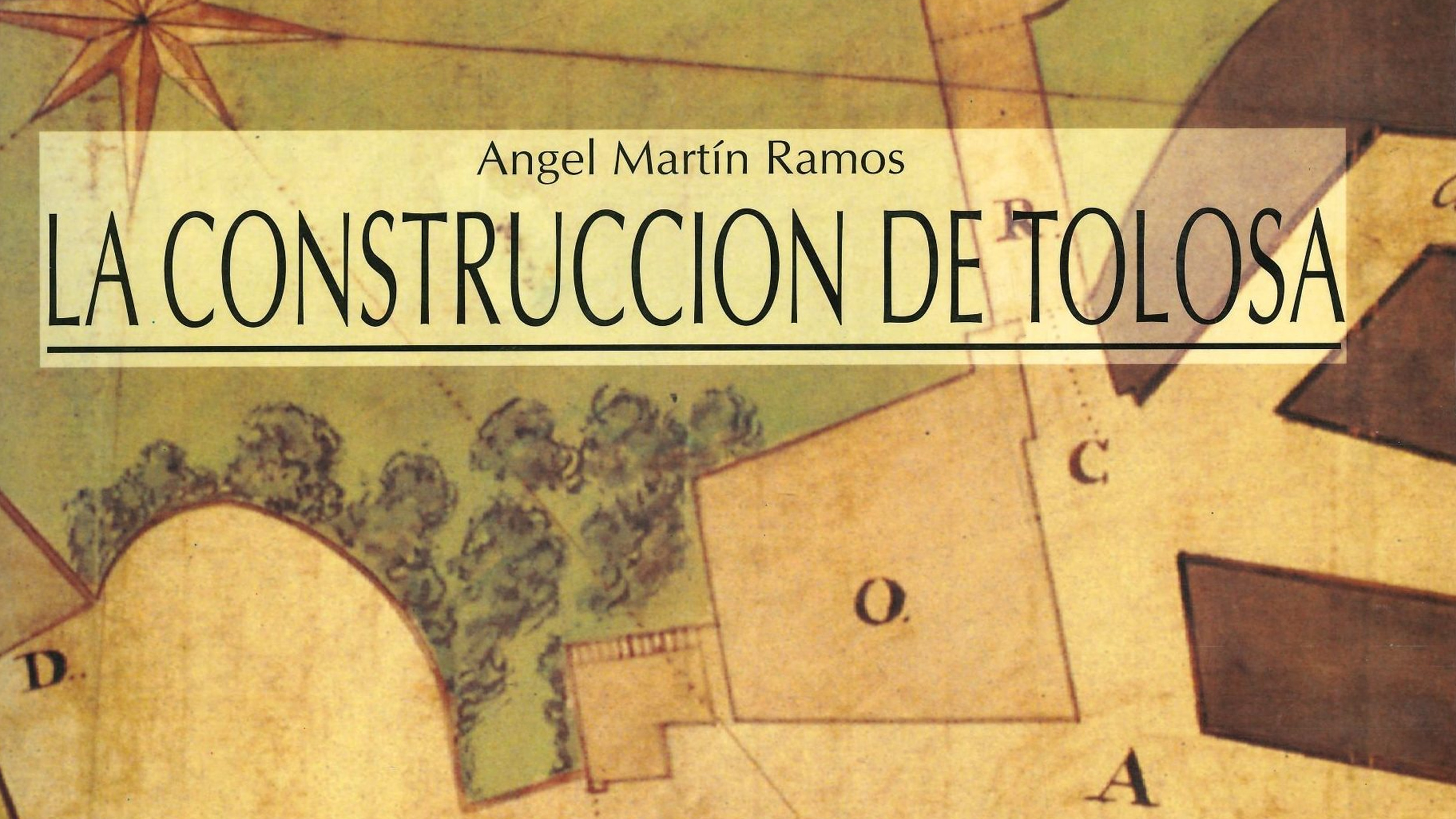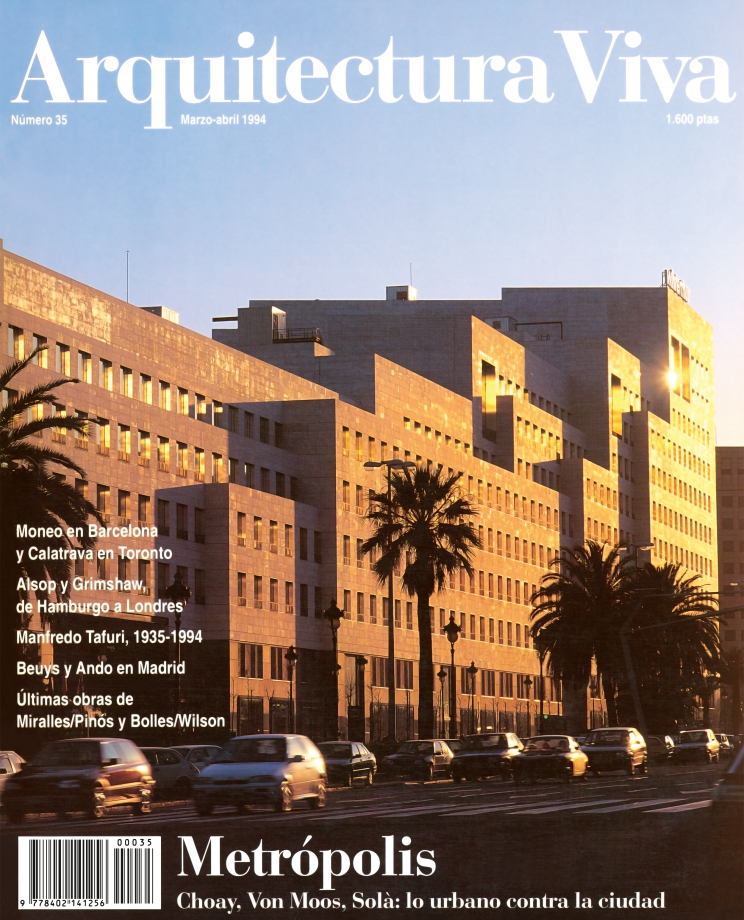
Urban analysis studies played a major role in the 1970s, when they provided solid support for an architectural understanding of the city. This produced a varied repertoire of works of varying interest that, over time, has drifted toward routine studies that are incorporated into the information base for urban planning.
Hence, the recent work by Miguel Ángel Martín, which focuses on material already studied from a more generic perspective, such as the villages of the Basque Country, is of particular interest and goes beyond the purely local scope in which it is framed.
Although its approach does not differ greatly from other similar works, what stands out is, on the one hand, its comprehensiveness and, on the other, its methodological precision. In this case, comprehensiveness does not mean pure erudition but, above all, understanding in its various manifestations of the entire process of generating the urban reality as a physical, topographical, engineering, etc. reality. Methodological precision and rigor allow the different aspects analyzed to be associated, enabling a comprehensive reconstruction of the process. In this way, the urban history of one of the most emblematic towns in Guipúzcoa is traced in a clear and entertaining manner (thanks also to the correct use of language).
Part of the abundant graphic material is provided by the author himself, who confidently and knowledgeably reflects on aspects ranging from urban geography to the reconstruction of the design process of a building – the Idiáquez palace, for example – although always following a common thread from which the author never deviates.
The most innovative part of the work is devoted to studying the evolution of the city from the second half of the 19th century onwards. It was then that Tolosa became a pioneer in the industrialization of Guipúzcoa, with the construction of the first paper mill there.
The transformation that this represented for the city and the region is analyzed for the first time, extending to the 1970s, which allows us to begin to discover the emblematic process of physical construction not only of Tolosa, but also of a significant part of the Basque Country. The difficulties of occupying a territory with complex topography, the reliance on rivers for industrial settlements, and the silting up and uncontrolled spread of buildings are some of the phenomena analyzed here for the first time, which will undoubtedly, as Manuel de Solà -Morales points out in his introduction, this will undoubtedly allow us to learn more and better understand one of the most interesting processes of urban and territorial transformation on the Peninsula and, perhaps because of this, lay the foundations for a possible positive impact on it.






